|
I'm not a guy who remembers a ton of specific conversations, but I can remember being a freshman in college (in 2010) joking around with a buddy about how I wished there was a way to keep track of things like how many beers I'll drink throughout college or how many timed I've ever jerked off.
Nowadays, I'm sure there are a couple dozen consumption and masturbation tracking apps, but 11 years ago, data analysis like that was not readily available. This was an era where most RBIs were how you determined the best power hitter in baseball. Moneyball was still just a book at this point! Screen time didn't mean what it does now. With advancements in technology, there are literally endless possibilities of who and what can be tracked. You can wear a bracelet that knows how many steps you've taken, your standing heart rate, and the last time you were asleep (and for how long). Your phone can tell you exactly how many times you've picked it up today. After you've stopped focusing on all the intrusive, 1984-like ways these technologies are utilized, there's no denying some good has come from all this data. One of the pros of all this mainstream analytical data is the emergence of the brilliant, talented and gorgeous, Cynthia Frelund. She is a data scientist for the NFL Network, which is undoubtedly a position that did not exist in 2010.
But quite possibly, the best thing to come from all the data is the advancement they've played in how sports are played, coached, and analyzed. Sports are mostly (the shift has ruined baseball) better because of data; more information is a good thing! There is so much more to the games we love than run-of-the-mill "counting stats" like home runs or touchdowns. Analytics and data are responsible for creating entirely new industries in the sports business.
The release of Cam Newton and trading of Sony Michel will have the Patriots offense looking a lot different this season, but that is a great thing (they finished 27th in points). They've got plenty of RB depth and have two young guys who've played much better than expected this preseason....literally. Rookie RB Rhamondre Stevenson lead the preseason in rushing yards over expected, which essentially means based on blocking and hits, he gained more yards than expected than any other back in the league this preseason. Who finished second? His teammate J.J. Taylor.
I appreciate advanced numbers and stats, but I will not act like I didn't take college math my senior year of HS; this article will do a much better job explaining what this stat actually means. TL;DR of Rushing Yards Over Expected is "the difference between actual rushing yards and expected rushing yards on an individual play or series of plays."
In my eyes, it means these guys run fucking hard. I love what they've shown this August. Every time J.J. had the rock in his hands, it felt like he got at least three more yards than he should.
According to the data, I was right. Taylor had 23 carries this preseason and ended up with 62 RYOE. 23 divided by 62 = 2.69565217 or as I like to call it...three more yards/carry than he should've had.
We all know the preseason doesn't automatically translate to regular season success; the 2008 Lions and 2017 Browns both went 4-0 in the preseason before going 0-16, but this is just me here...I'd rather have two young backs lead the NFL in rushing yards over expected than not. I am genuinely excited for the Pats...I said it earlier and I'll say it again...this team gives me MAJOR 2001 vibes. I cannot wait to see what Rhamondre and J.J. do in the real thing getting tackled by first-stringers.
P.S.
Secret's out, Cynth.
0 Comments
Leave a Reply. |
Archives
July 2024
|
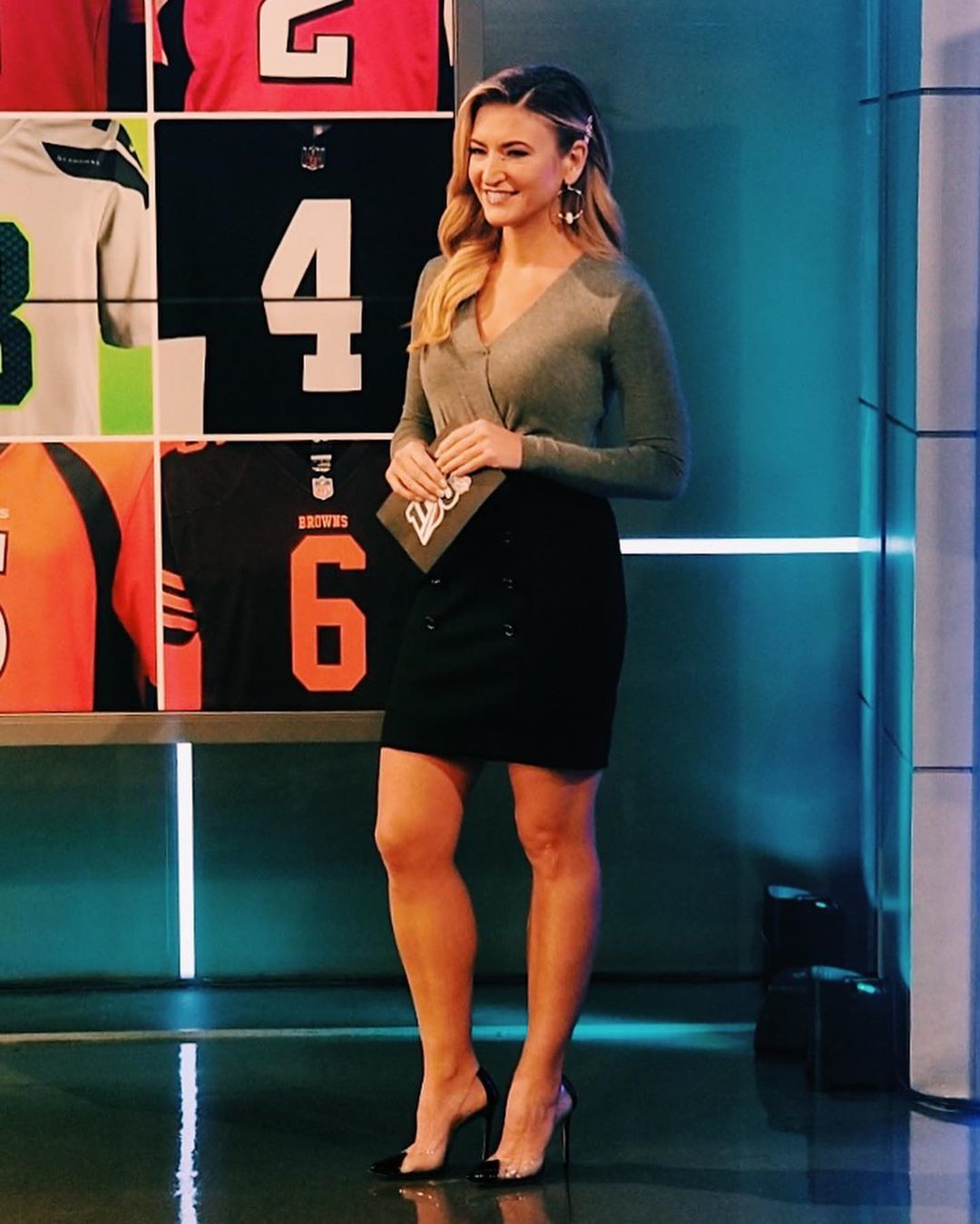
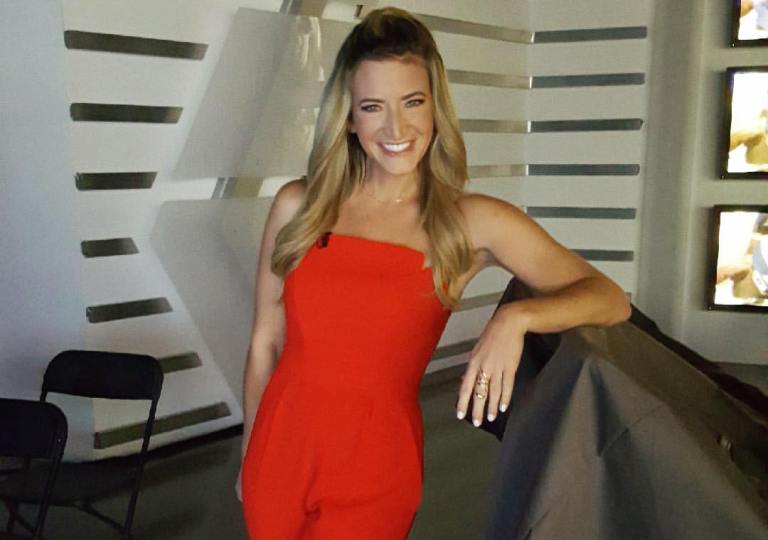
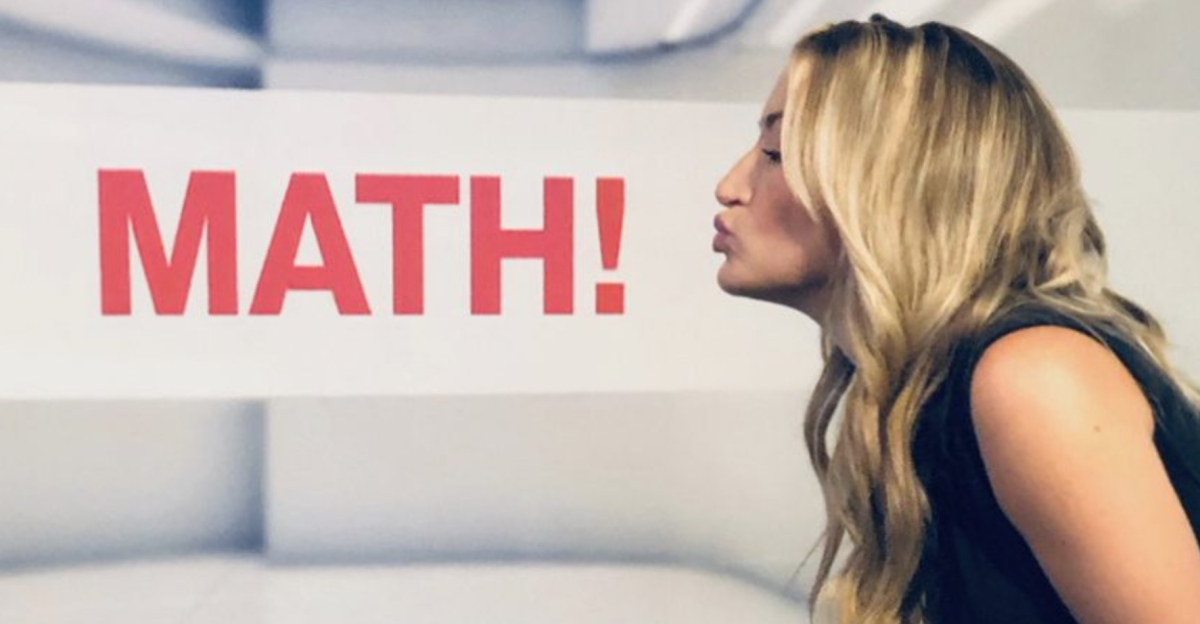
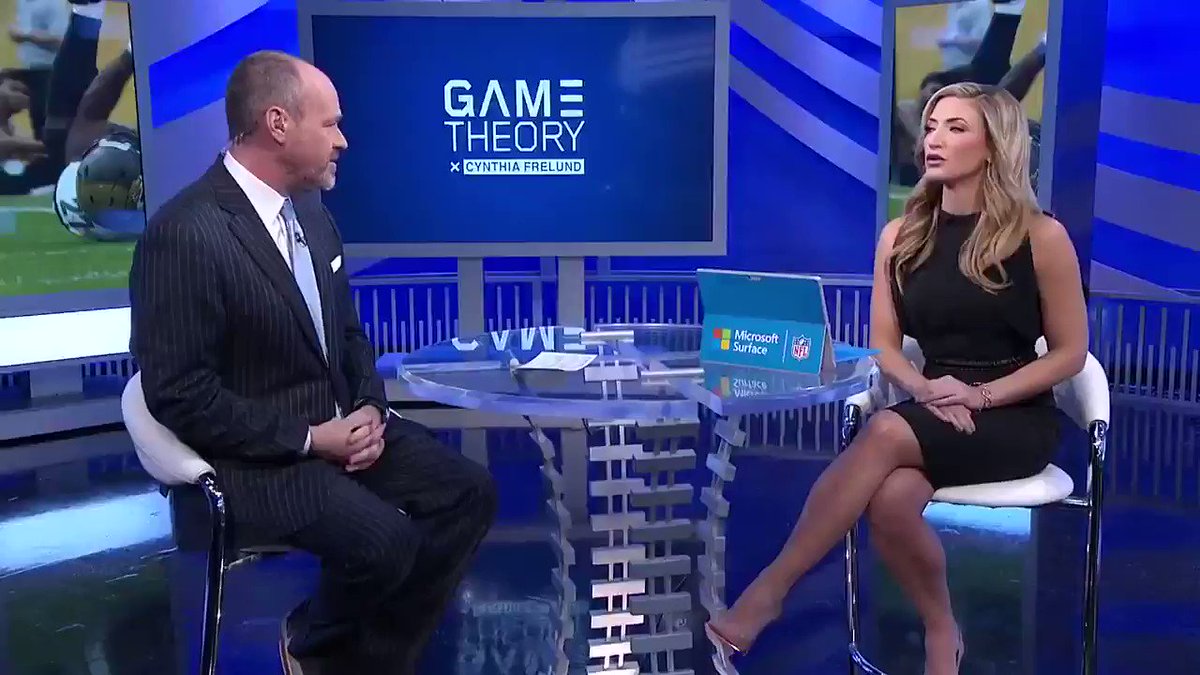
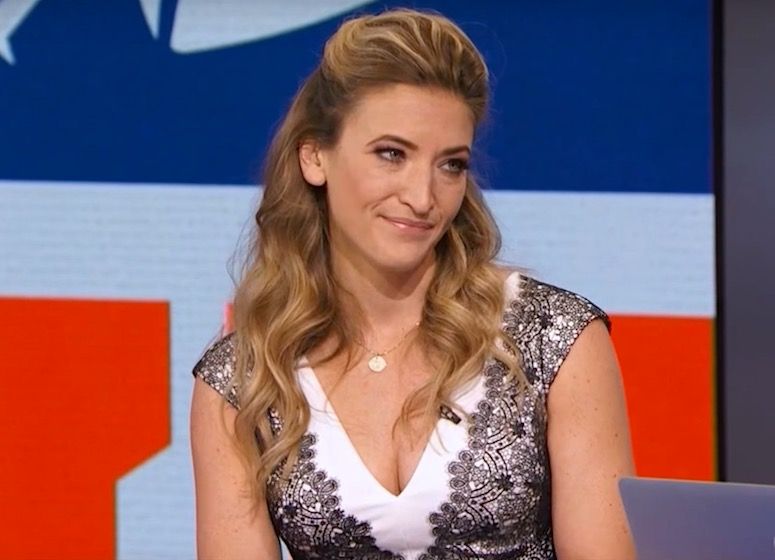

 RSS Feed
RSS Feed